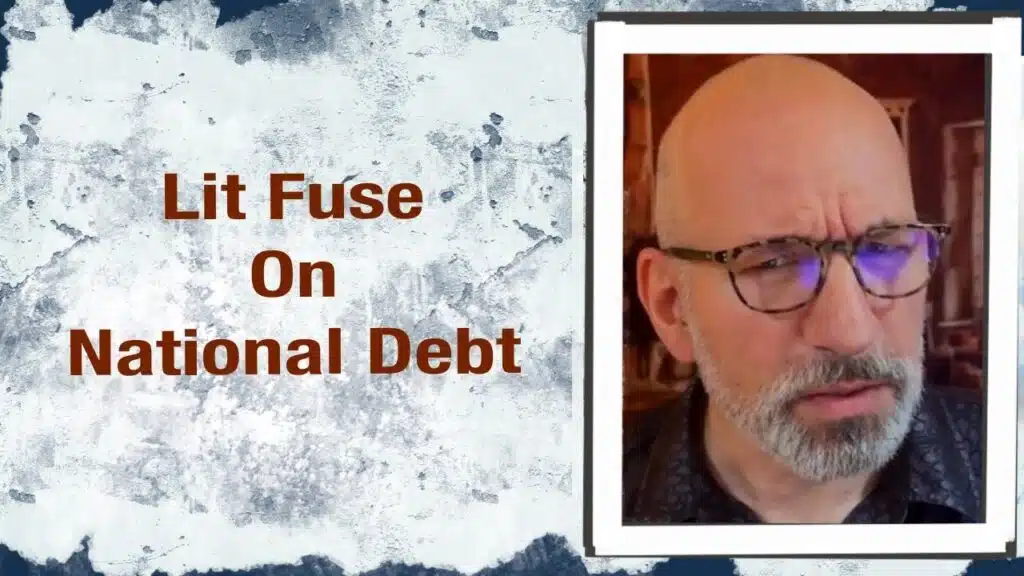
Last, Best Hope to Lasso National Debt?
The Biden administration is handing President-elect Donald Trump a lit fuse on a $37 trillion debt bomb.
Because they’ve added $12 trillion in debt over the past four years—more than we added in the first 220 years of the republic.
In fact, we added a trillion in the past 100 days alone—an annual rate of three and a half trillion.
Debt interest is already consuming 1 in 4 dollars you pay in taxes and is set to explode to $1.4 trillion. That’s interest alone.
Last week, more than three dozen state financial officers—which is most of them—sent a letter to House Speaker Mike Johnson, R-La., expressing their “grave concerns about the national debt,” characterizing it, correctly, as a “threat to national security.”
Finally, a security threat that’s not imaginary. That’s progress.
The two big problems debt causes, aside from auctioning our nation for parts, is the stability of our financial system and the progressive replacement of the U.S. dollar as global reserve currency.
Both of these are real: Our financial system is permanently bankrupt, thanks to fractional-reserve banking—where they lend money they don’t have.
That’s paired with standing bailouts from the Fed and Treasury. We saw these last year and, of course, in 2008.
At some point, the debt overwhelms it: There’s not enough buyers. Sending treasury rates soaring and destabilizing the entire Ponzi.
If it gets bad enough, it threatens the dollar’s status as reserve currency—as the most used currency in the world.
This reserve status shields Americans from the tens of trillions the Fed and banking system pumped out and exported over decades.
They’re filling vaults from Saudi Arabia to Beijing. And if they sell—if that money comes flooding home—it would be like a tsunami up a canyon. We could see double-digit inflation for a decade.
So, what’s the solution? The easy fix is Trump’s plan to grow the economy with massive deregulation and tax cuts that spur production. In other words, grow into the debt.
The harder part is the cuts. Government spending has an army of powerful cronies and special interests defending it, armed with lawyers and mostly fiery protesters.
Considering we’ve already got a $2 trillion deficit, these cuts would need to be massive just to balance the budget.
Two trillion won’t happen overnight, but cutting a couple hundred billion in short order would do wonders to calm markets, stabilize the financial system, and show the world the debt can, in fact, be managed.
So, what’s next?
Crony banker Alexander Hamilton once said national debt is the price of liberty.
Of course, he’s wrong. Government debt is the price of slavery to the administrative state that fleeces us for cronies.
America’s richest ZIP codes surround Washington, D.C., a region unique for producing absolutely nothing. No Wall Street, no Silicon Valley, no Hollywood. Not even soybeans.
It is a barren swamp inhabited by tax bandits who devour the country in a real-world Hunger Games.
Balancing the budget is not science fiction. We did it in 1998 to 2001, when all it took was Bill Clinton reading the room of public opinion and agreeing to Newt Gingrich’s limits.
Unlike 1998, small government Republicans now have all three branches of government. They have a president who fights. And they have the best minds in the nation on the Department of Government Efficiency.
This may be our last, best hope to turn off the stove before the frog boils.



